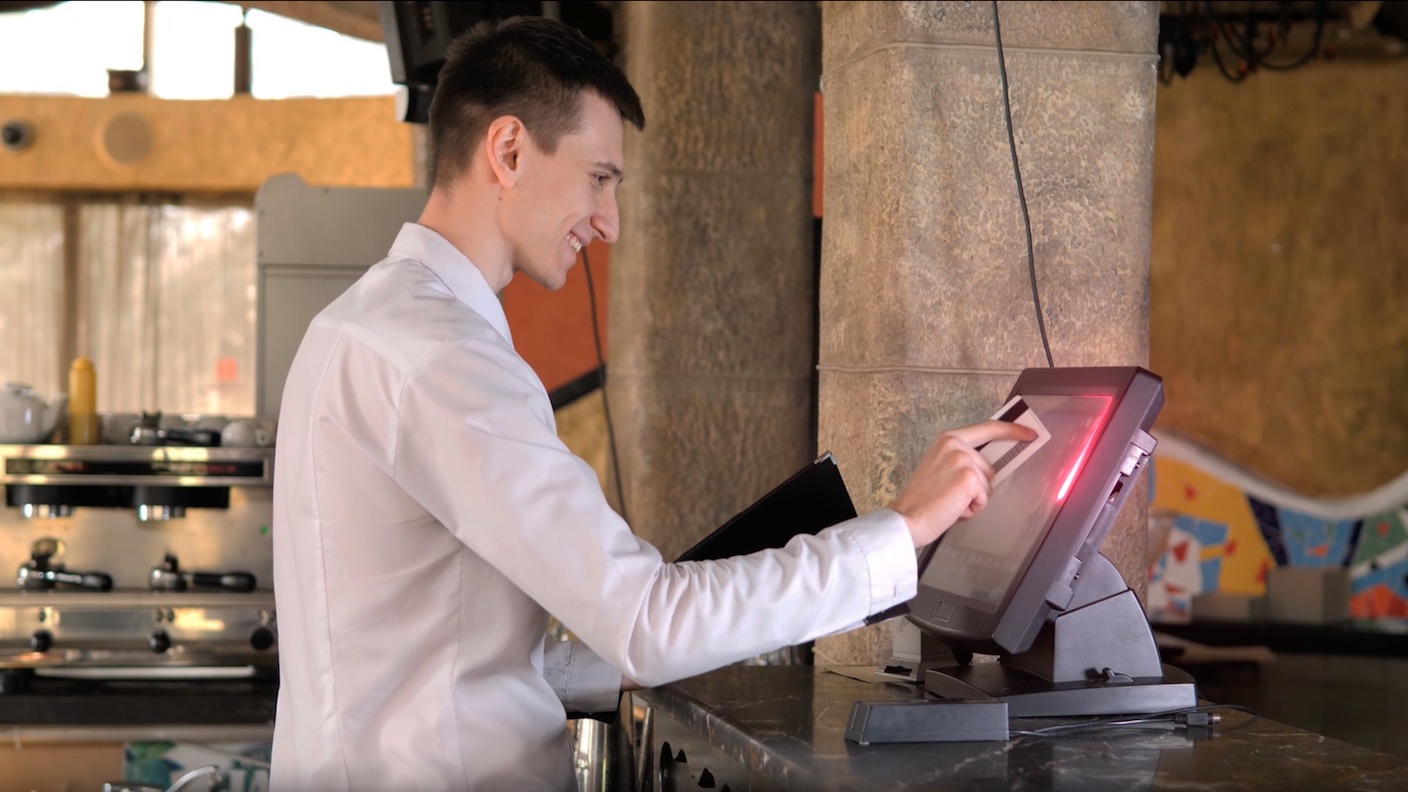Brought to you by Keysight Technologies
By Mike Wager

Point-of-sale systems (POS) are no longer just simple cash registers. Beyond customer transactions, modern POS terminals connect to an ever-expanding network of complex systems.
As a result, retailers must perform thorough end-to-end testing to ensure POS software performance and integration functionality for smooth operations.
With in-store retail sales expected to hit $4.2 trillion by 2028 in the U.S. alone, retailers must avoid releasing poor software that contributes to long lines at the checkout that erode purchase intent.
However, most retailers persist with manual POS testing despite advancements in AI-augmented test automation and its capabilities to overcome quality, speed, and coverage issues.
When time-to-market and user experiences are the goals to hit, manual testing, a notorious bottleneck, is at odds with what retailers want to achieve.
Regardless, retail quality assurance (QA) leaders are under immense pressure to release quickly to meet consumer demand; reduce defects that impact the shopping experience; and increase coverage across in-store devices, intricate user interfaces (UI), and back-end operational systems.
To understand how to deliver faster and more reliable releases, it’s worth looking at the key challenges manual testing teams must overcome to achieve their desired goals.
Complexity and critical defects escalate as integrations multiply
Modern POS systems are highly customisable, with complex UIs that require frequent software updates. Although these updates enhance functionality and performance, they often introduce bugs and vulnerabilities.
Introducing risk can be problematic due to the important role that POS terminals have when processing customer data and product information as well as validating payments via multiple integrated back-end systems.
The vital role that POS systems play in connecting the back end to the front end to optimise critical systems, like inventory, customer relationship management, and logistics, and boost customer engagement increases testing complexity.
When a change occurs to one software component, it can have a ripple effect, impacting the performance of critical operational systems. The knock-on effect can also disrupt peripheral device performance, with traditional manual testing demanding human intervention, complicating testing further.
Consequently, as these integrations modernise or increase in number, release velocity is dramatically slowed as manual testing struggles to scale and provide enough coverage across the retail IT ecosystem.
The dilemma of speed versus quality
The continuous evolution of POS systems and integrations creates a formidable challenge for manual testing and QA leaders. Balancing the competing demands of maintaining performance, providing regular updates, and adding new features forces a choice between faster releases or fewer defects. When faced with this impossible choice, speed is often favoured over quality.
However, deploying software without adequate testing can lead to delayed or cancelled releases, missed defects, and increased costs when fixing an error after a release. It is a dilemma that often plagues retail QA leaders.
On the one hand, there is enormous pressure to release quickly to meet consumer demands and gain a competitive edge. On the other, they must ensure the quality of POS software by minimising defects. For long-term success and customer satisfaction, retailers must find a testing method to prioritize quality and speed.
Manual testers fight a losing battle
Despite the battle between speed and quality, a recent survey conducted by Keysight Technologies and SmartBrief among QA retailers in the U.S.revealed that 72 per cent still persist with manual testing.
Unfortunately, the pressure to scale and meet appropriate levels of coverage becomes more challenging as systems and integrations increase due to the following reasons:
- It’s time-consuming. Test requirements constantly change. Developers update and add new features, creating testing bottlenecks that delay deployments and critical bug fixes.
- Regressions increase the burden. Manual testing takes a lot of time, with a considerable portion dedicated to labor-intensive regression testing. As POS software is so intertwined with in-store devices and back-end systems, performing this type of testing is crucial. However, this leaves only a limited time per release to test new features and system enhancements.
- Physical device testing. Testing peripheral devices like barcode scanners, receipt printers, and PIN pads has always required human intervention. Due to tasks being repetitive and mundane, often human error can be introduced which can impact the entire POS architecture.
- Releases are derailed. Due to the amount of time required for testing, manual testers often fail to meet all requirements before a release deadline. Consequently, manual testing teams must contend with slow deployments at best, with release cycle delays and cancellations at worst, which are neither good for business nor the checkout experience.
Elevate testing with automation
The intricacy of POS software, system integrations, and peripheral devices causes severe problems for manual testing teams.
AI-augmented automation is vital to address these challenges to enable faster deployments while freeing up more time for essential test cases. By using a technology-agnostic tool that can automate exploratory testing, test coverage expands to encompass every directed and non-directed test case throughout all technology layers of the POS architecture.
In addition, by combining image-based testing with robotics, physical customer actions at the point of purchase can be automated like a synthetic human. Repeatability also improves by reducing human error, while automation allows testing to run 24/7/365 to accelerate software delivery.
Where release delays and cancellations are common for manual testers, automation emerges as a solution to facilitate rapid deployments, reduce defects, and decrease testing times so QA leaders can achieve speed and quality.
The future
As we look toward the future, retailers face growing pressure to increase release cadence in the coming years. With delays and cancellations already plaguing manual testing teams, this is set to be an uphill battle.
However, by transitioning to an automated testing approach, retailers can overcome the manual testing obstacles to achieve speed, quality and cost savings. Customers and business stakeholders have high expectations for software teams and while it might feel like achieving speed and quality is often impossible, automation can eliminate this conflict to deliver both.

Mike Wager is product marketing manager at Keysight Technologies. Over the last decade, he has brought product ideas and services to life for digital retail technologies, SaaS applications, and software development. In his current role, Mike communicates the unique benefits of AI-driven test automation for retail applications, in-store systems, and e-commerce experiences.






